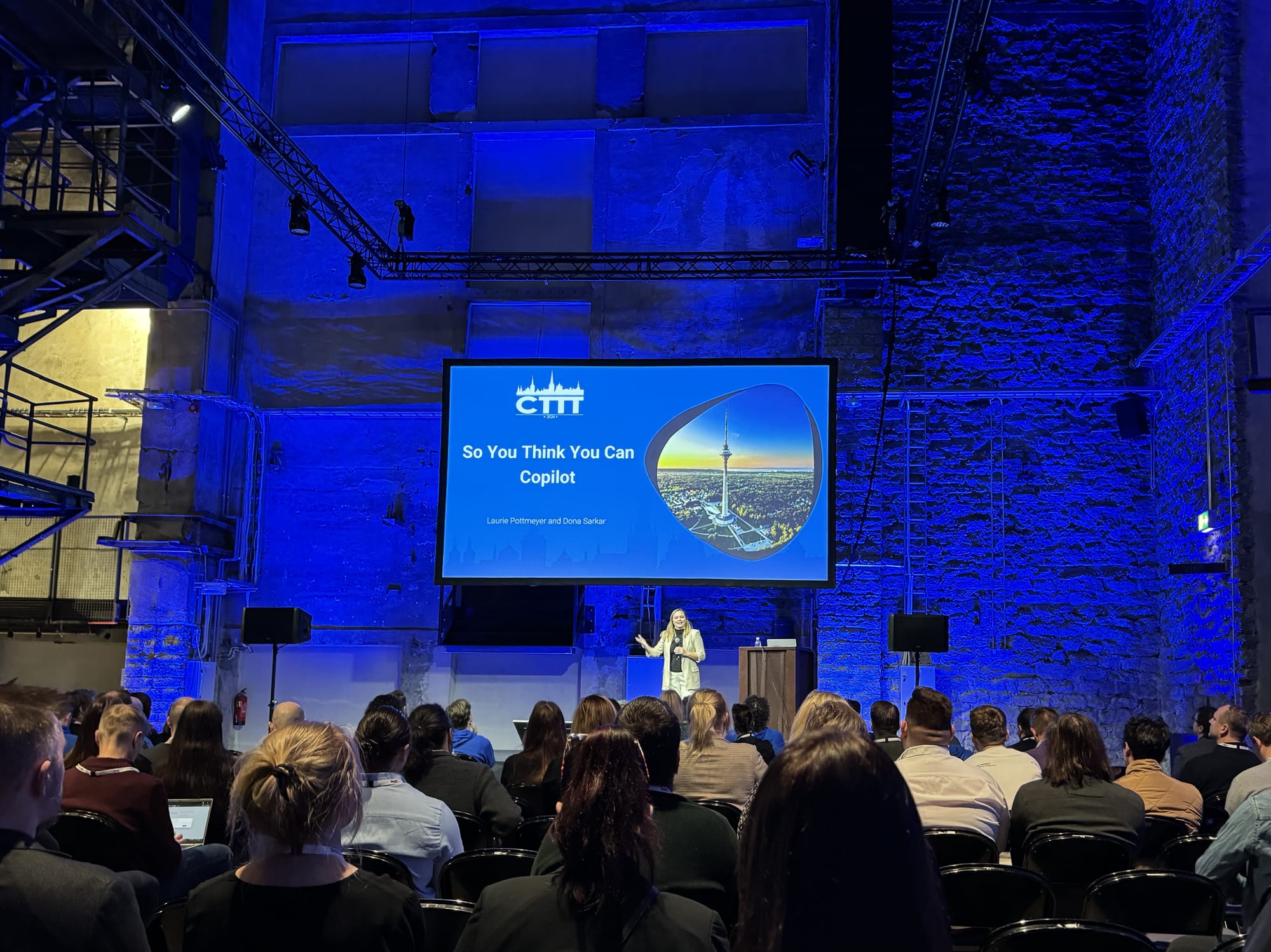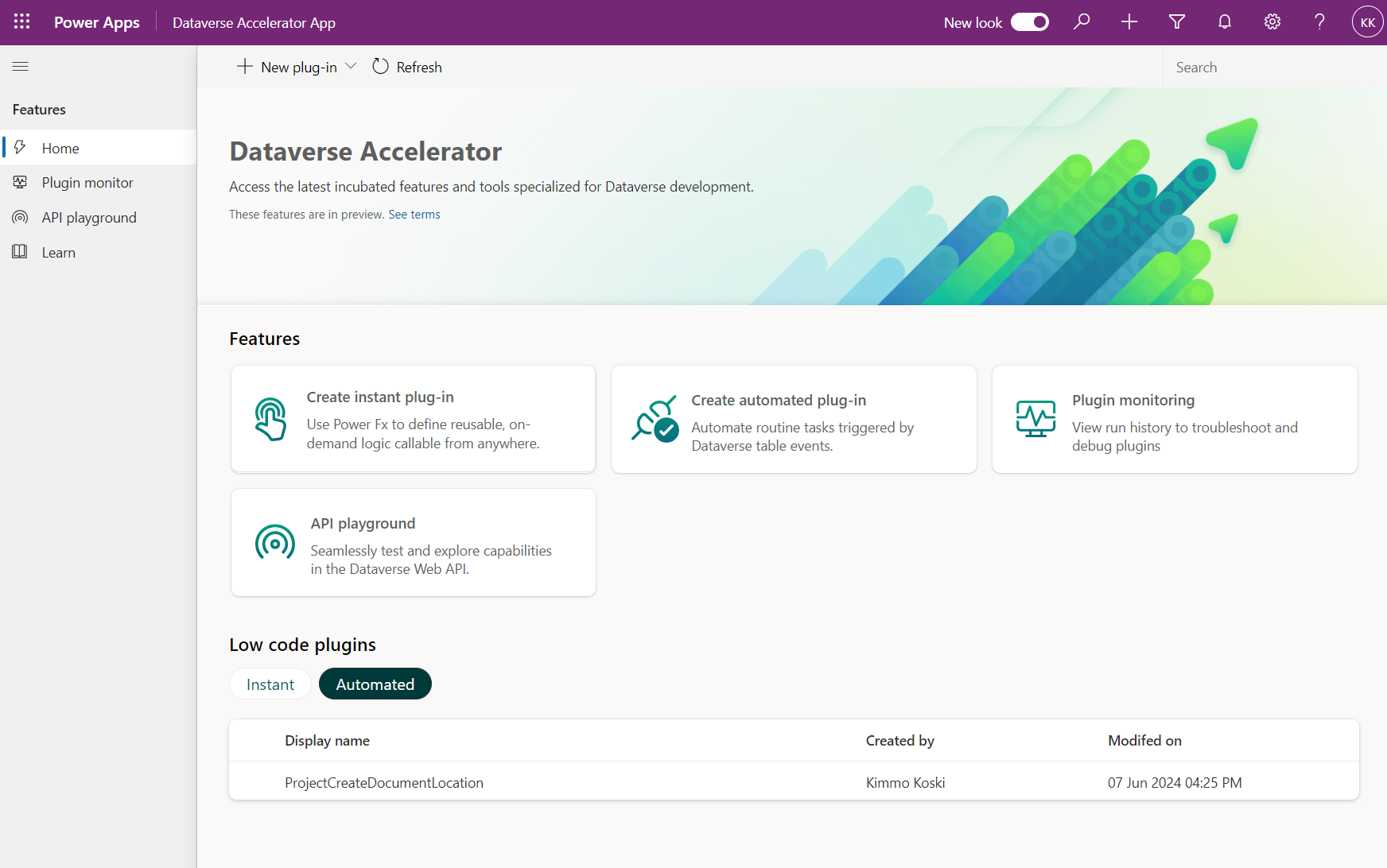The CTTT event was only organized for the second time, but I had heard a lot of good things about last year's event and I couldn't wait to be a part of this event myself as a speaker. This is my recap of the awesome event, which I can happily recommend to everyone.
📌 Tallinn, Estonia
📅 1-2 Feb, 2024
🗣️ 50+ speakers
▶️ 45+ sessions
On the morning of the conference day, I arrived at the venue shortly after 8 o'clock, filled with enthusiasm for the day ahead. At the registration desk, I was warmly welcomed and directed to the speakers' room, where a large number of other speakers had already gathered. It was at this moment that it hit me: I was part of this group of experienced speakers, and the participants of the event had come to hear my session as well. 🤩 After exchanging quick greetings with old and new fellow speakers, I headed towards the day's opening keynote.
Vivian Voss opened the event and invited Laurie Pottmeyer and Dona Sarkar to deliver the keynote, which surprise surprise was related to... yep you guessed it right Copilots. At this point, I could have imagined that I would once again hear basic marketing jargon about a hundred different Copilot products, but the angle of the presentation was refreshingly different, and I even learned something new from the keynote presentation. The presentation briefly discussed how LLM models work and how Microsoft uses the model in its own products, and went through the basic principles of creating prompts. It was a great start to the event day! After grabbing more coffee ☕, I headed back to the speakers' room.
My session was scheduled for the last slot of the day, which brought a little anxiety as I had to wait all day for the start of my own set. I spent part of the morning in the speakers' room finalizing and preparing my session and chatting with fellow speakers, which fortunately brought me enough peace of mind that I was able to relax and even attend other people's sessions myself.
Old men yell at cloud: biased opinions to all your questions!
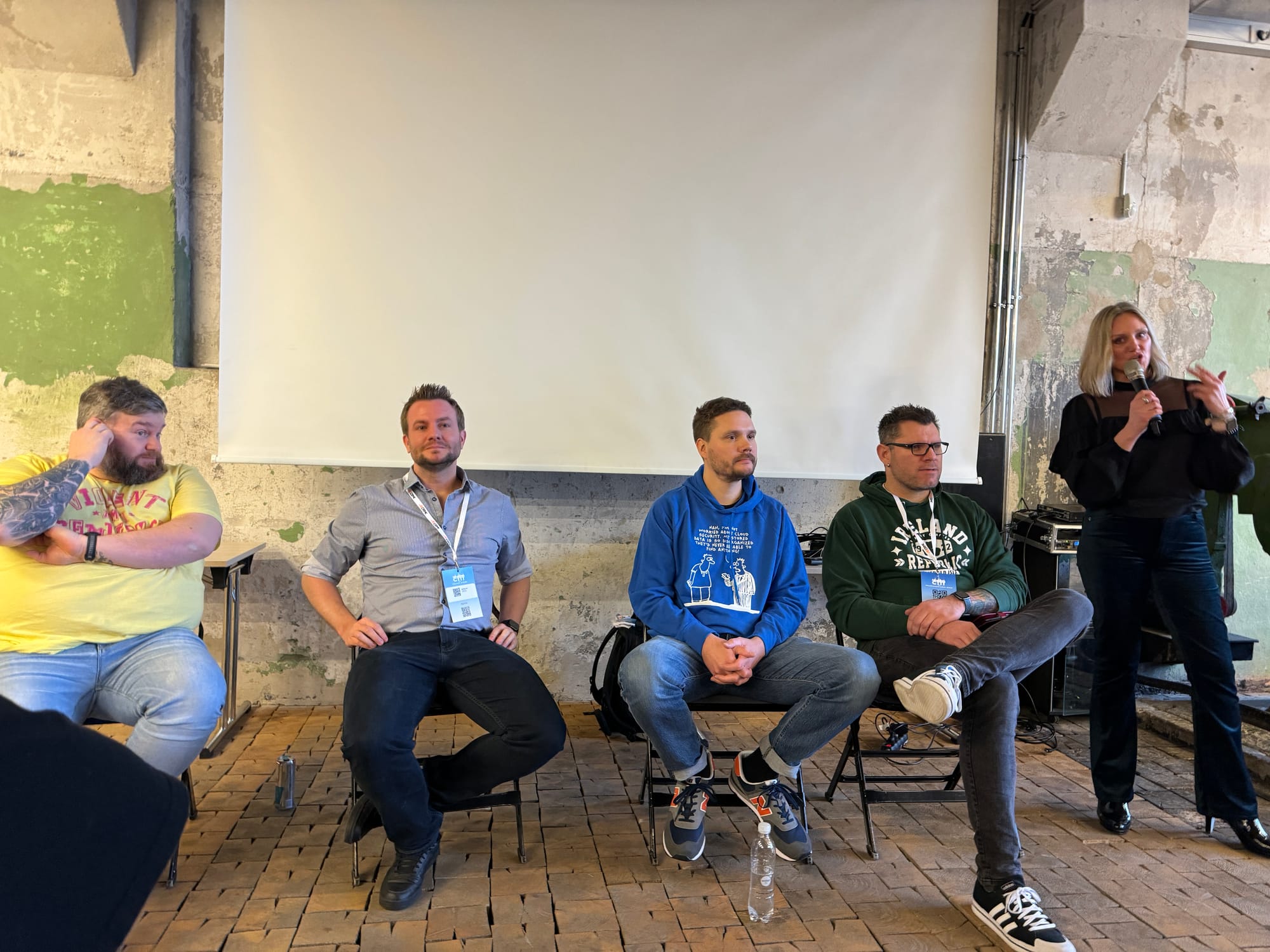
This panel discussion was one of my highlights of the event. During the panel, the audience had the opportunity to ask experienced consultants anything. The discussions were conducted with an appropriate level of professionalism, but also included moments of humour, which lightened the atmosphere of the session.
One of the main topics of discussion was how a consultant can keep up with technological developments and maintain a sufficient level of knowledge. The answer to this was unequivocal: it is impossible to know everything. Instead, consultants should choose their battles, specializing in certain areas and deepening their knowledge in those areas, while maintaining a higher-level understanding of other areas. There is no consultant who possesses in-depth knowledge of the entire tech space.
Challenges of being a Solution Architect in the ever-expanding Microsoft cloud
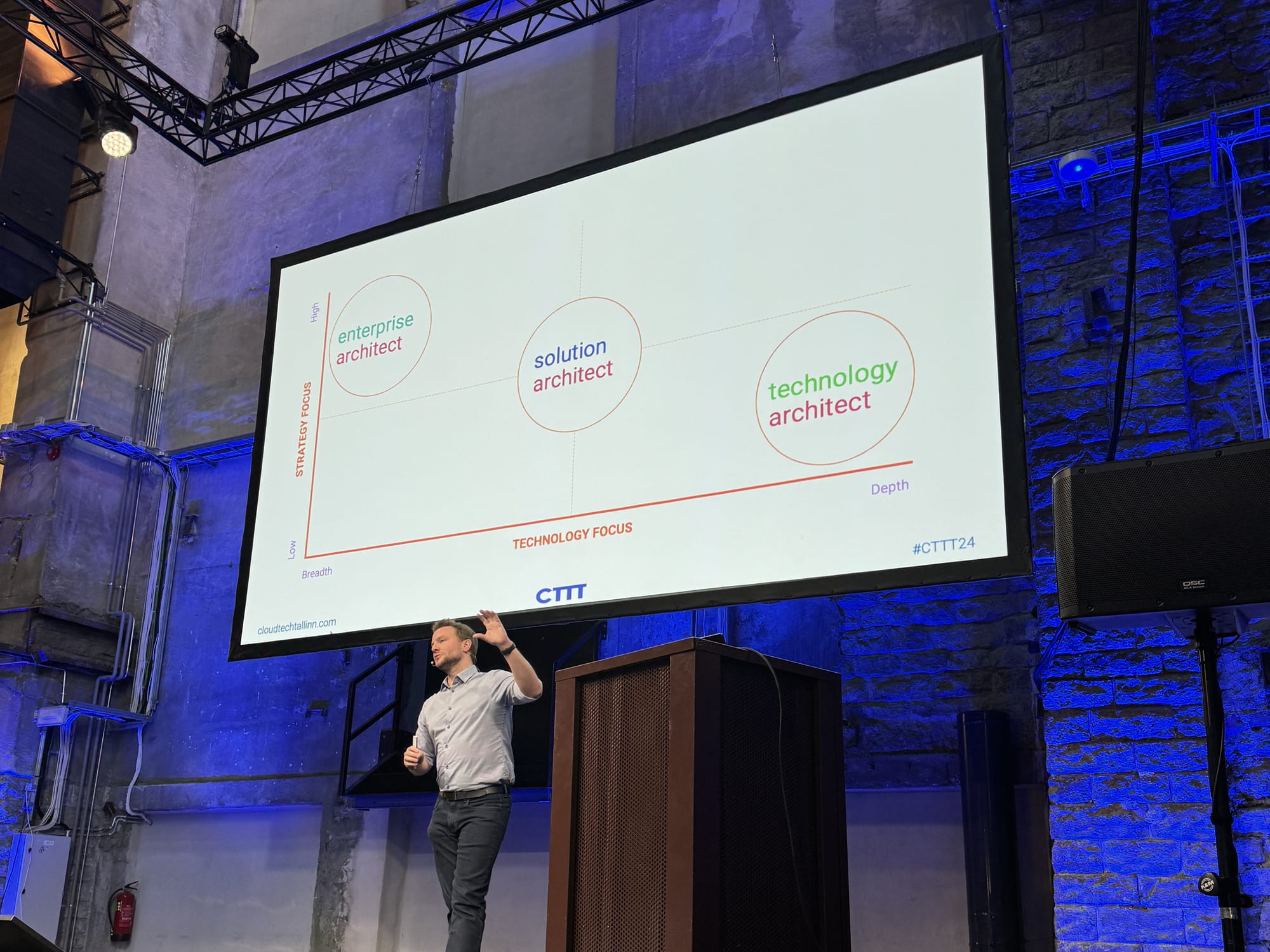
Yannick Reekmans delivered an engaging presentation about his journey to becoming a solution architect. As someone who has embarked on a similar journey in my career, it was fascinating to hear another consultant's perspective on this path and role.
During the session, Yannick discussed the job description and responsibilities of a solution architect in projects. He eloquently described how a solution architect plays a central role in implementing the strategic vision of the enterprise architect while guiding technology architects to execute the overall plan. This diverse role requires strong communication skills and a certain level of project management expertise regarding the overall solution. Working as a solution architect is not an easy task. Yannick highlighted the type of person who typically thrives in this role and the potential challenges that one may face, such as excessive workload. He also touched upon a theme from the previous panel, emphasizing that a solution architect cannot be an expert in everything and must rely on the expertise of others.
Ultimately, success is achieved through collaboration. 🤝
Exploring Dataverse Virtual Tables: New Features and Real-Life Use Cases
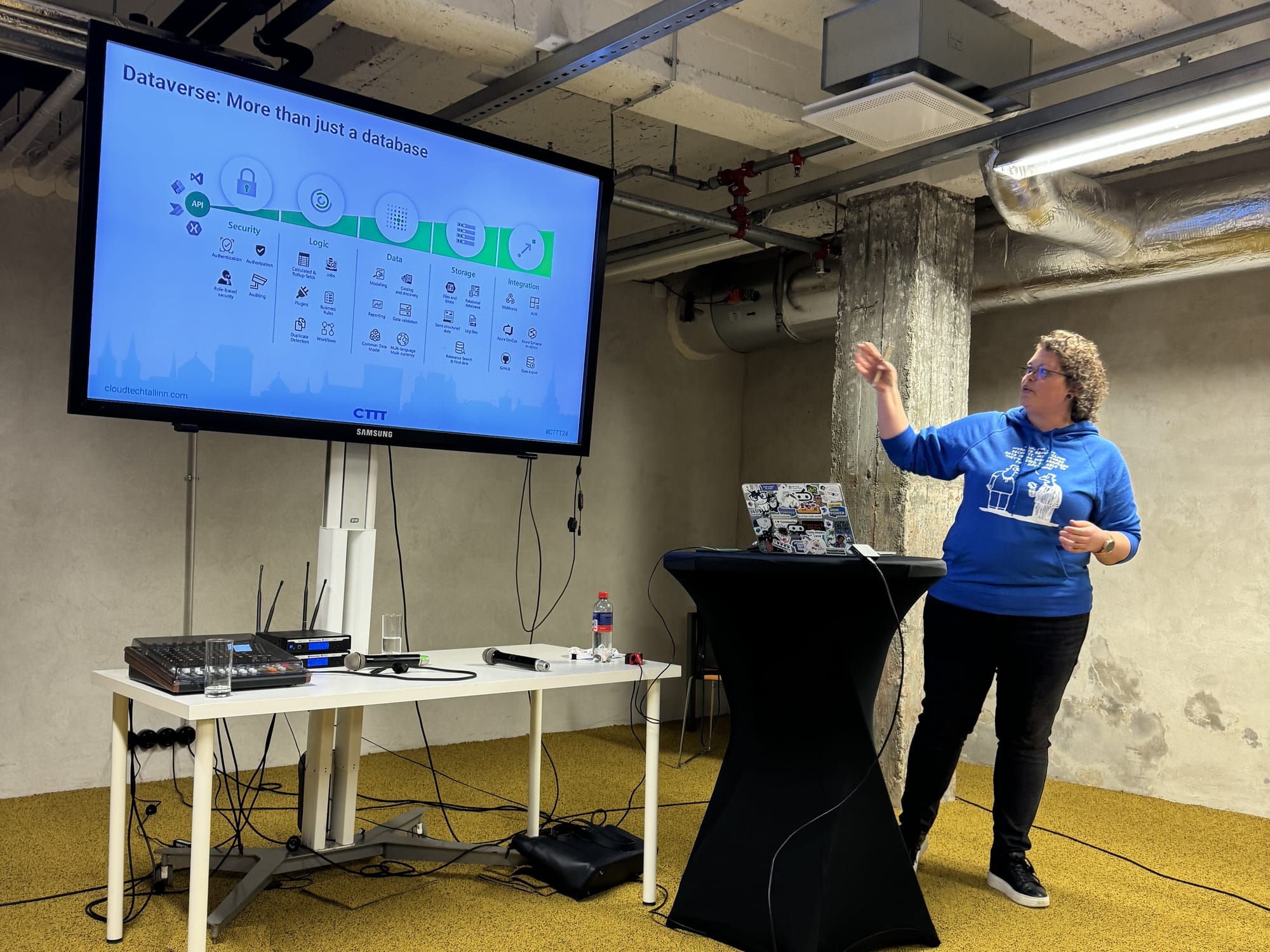
Rebekka Aalbers provided an informative overview of the Dataverse Virtual Tables feature. During the session, she demonstrated how to configure Virtual Tables against various data sources. She set up an example data source live and carefully explained the considerations involved in the process. One surprising possibility she mentioned was the ability to update the "Created On" and "Modified On" date fields of a SharePoint List data source through a Virtual Table, which should only be done during data migrations. 😬 So, be aware of this.
Virtual Tables can also be created for custom data sources, but this was deemed a labour-intensive approach and should only be undertaken when the best outcome can be achieved through investing to this custom development.
Overall, the session provided a valuable introduction to the Virtual Tables feature, which I have not yet used in projects due to limitations in pre-configured data sources. Let's see if this feature will still improve in the future.
Azure + Dataverse = Cost effective and interactive portals
Mats Necker delivered a presentation on the implementation of a custom portal as an alternative to the Power Pages product for sites intended for external users that primarily contain static content. As an example, Mats showcased the website for the upcoming ColorCloud conference, which was built using this approach. The premise of static websites is that they do not rely on data sources, but instead, all necessary information is published directly on the site. This results in faster loading times as there is no need to connect to back-end systems. However, this model is only suitable for sites where the content is not updated frequently.
Mats demonstrated how the Power Platform can serve as a back-end system and data source for a custom site published on Azure services. This approach is significantly more cost-effective than using the Power Pages solution when the goal is to display public static content rather than creating a collaboration platform for logged-in users, which is where I see the strength of Power Pages.
The ColorCloud event pages are a great example of this technology in action. Don't you agree that they load very quickly? (link below)

Finally, my turn 🚀 - Unleash the full potential of Power Pages
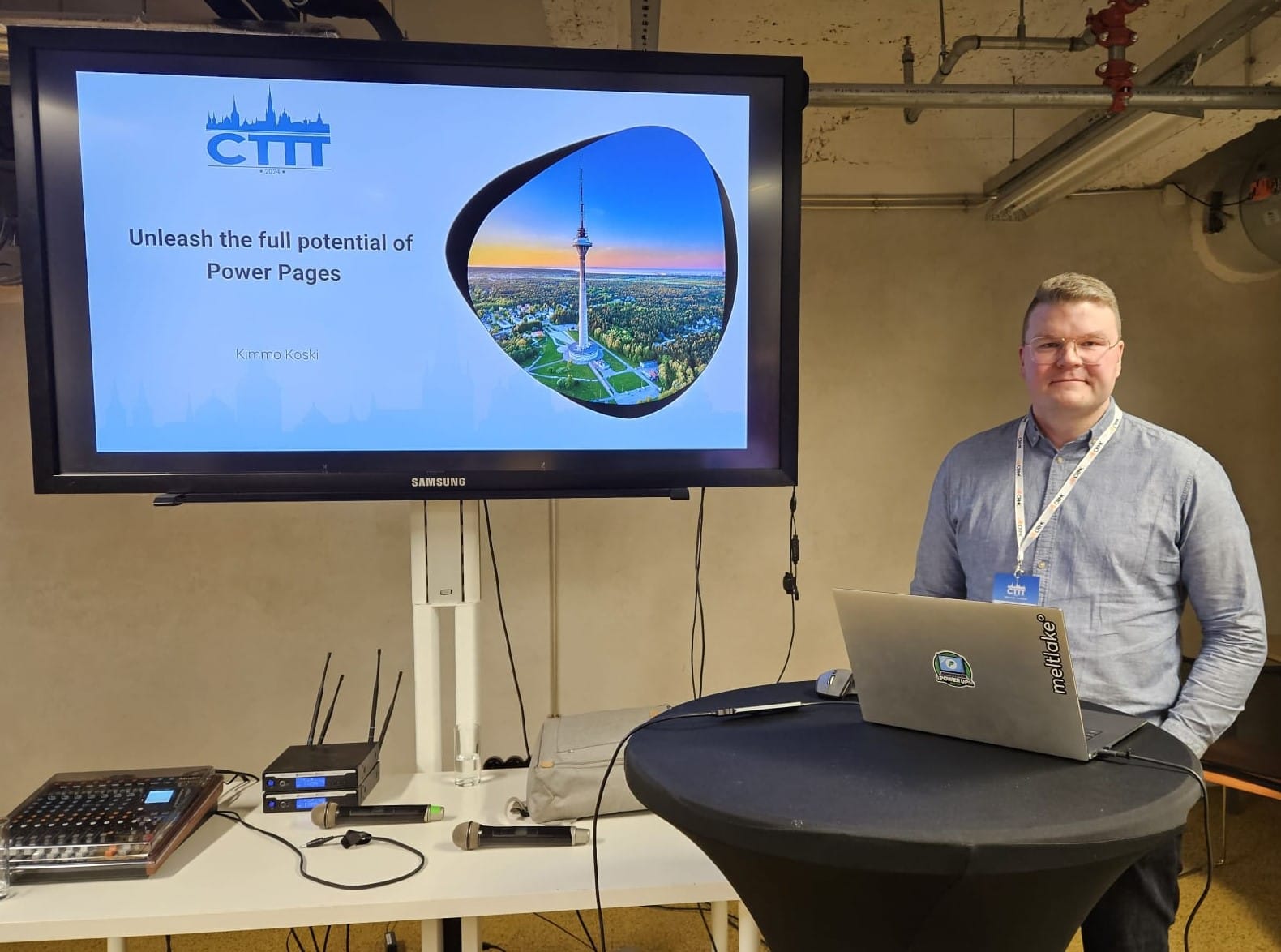
I delivered a presentation on Power Pages portal development, focusing on how web developers without prior product knowledge can contribute to these projects. I discussed how developers can create components that can be utilized, reused, and configured by citizen developers according to their needs. It is important to ensure that the Power Pages editor remains user-friendly for citizen developers, allowing them to access the standard customization features.
During the presentation, I covered topics such as:
- Functional Web Template components
- PowerApps component framework
- Using Power Automate cloud flows from the Portal
My presentation was well-attended, despite being the last session of the day. If you were unable to attend the conference, you can catch my presentation again in May when I present it at the DynamicsMinds conference. (link below)

To sum it up,
the event was great and the agenda had a good coverage of topics from different areas, from which there was definitely something for every participant. The arrangements worked great and the venue of the event was wonderful. I'm not at all surprised by last year's praise for the event.
At the end of the day, we got to get to a tour to the premises of the Põhjala beer brewery and network among the fellow speakers for dinner. What a great end to the day of the event, for which a big thank you to the organizers for the event itself and for giving me the opportunity to be a part of it.
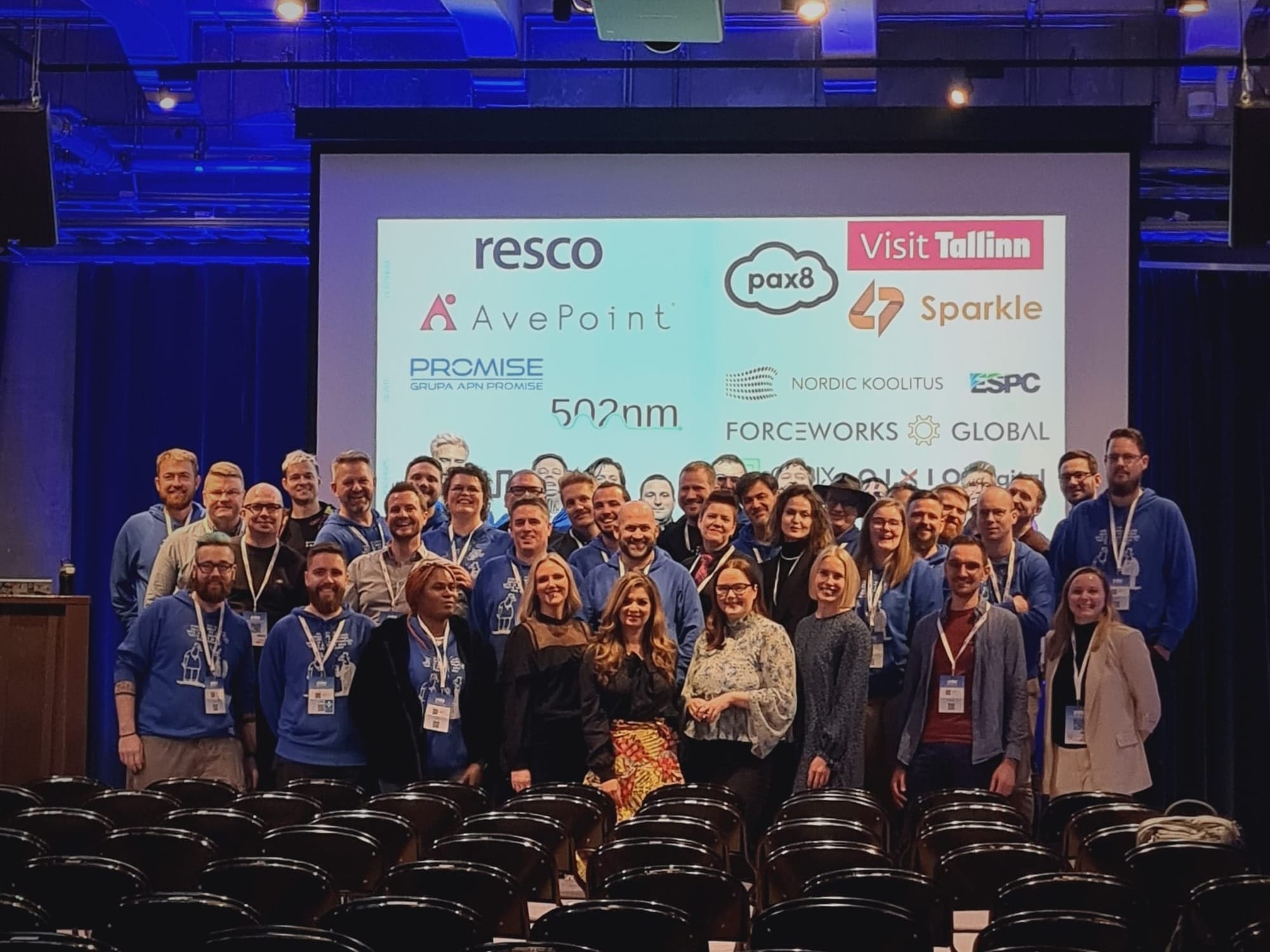
Until we meet again, take care.

